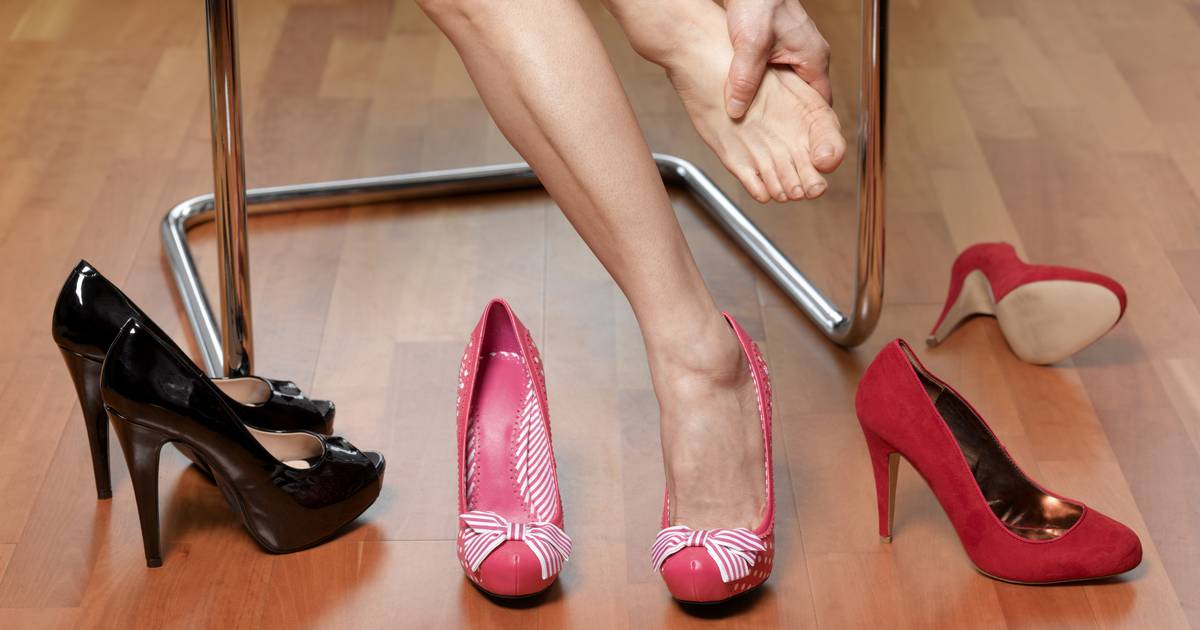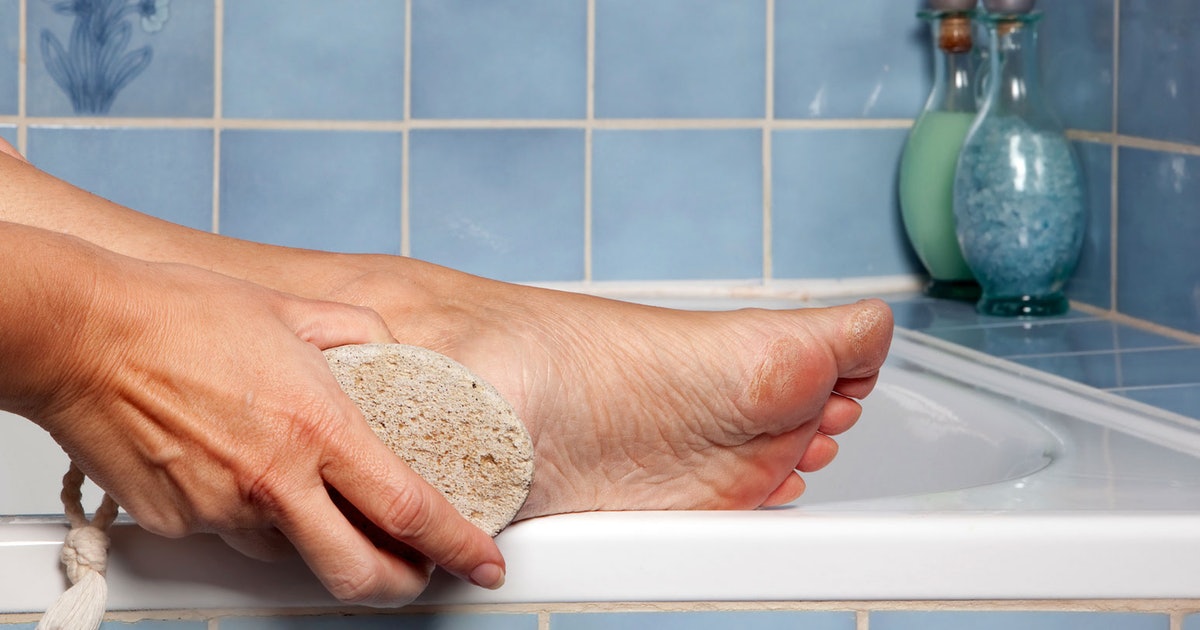Signs And Symptoms Of Bunions
Corns Or Calluses
Another sign a bunion might be developing is corns or calluses. Both of these conditions are painful, hard skin patches that develop on the feet when there's friction or pressure. They occur when the skin is protecting the area underneath from injury. The skin thickens in response to constant rubbing to protect the individual against injury. Corns and calluses aren't dangerous, but it's possible they'll cause irritation. Most commonly, they form if an individual has poorly fitting shoes or stands for a long time during the day. Calluses don't tend to be painful. Corns form with a distinctive center, which might be surrounded by reddened, painful, or inflamed skin. When individuals press corns, they're sometimes painful. Calluses tend to be larger than corns, which are small, defined, and round.
Keep reading to learn about more symptoms of bunions.
Restricted Movement

Bunions form on the joint of the big toe, and because of this, they can cause the joint to have a more limited range of motion. Patients might not be able to move their big toe as freely as they used to before developing a bunion. Their big toe may also be stiff, which can make it difficult to walk and balance. It will also be difficult to wear certain shoes, like high heels. The restriction in movement might become worse when wearing high heels or shoes with tight toe boxes. If the bunion is causing restricted movement, it can be helpful to get in contact with a specialist. They will recommend the best shoes to wear to increase the range of motion and make walking easier.
Get to know more ways to spot bunions now.
